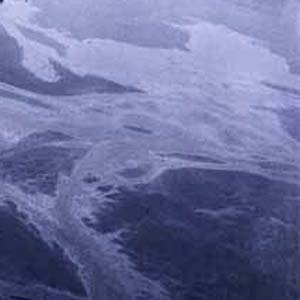Top kill technique resumed on the worst oil spill disaster in U.S. history
 As experts called the disaster the worst oil spill in U. S. history, BP on Thursday resumed an operation intended to plug a leaking oil well in the Gulf of Mexico.
As experts called the disaster the worst oil spill in U. S. history, BP on Thursday resumed an operation intended to plug a leaking oil well in the Gulf of Mexico.
The New York Times reported on Thursday that the so-called top kill technique, designed to stop oil from gushing out of a deep sea well, had been interrupted Wednesday night when engineers observed a substantial portion of water being pumped into the well was getting out along with oil. The company said that BP resumed the top kill effort late on Thursday.
The newspaper also reported that BP Chief Operating Officer Doug Suttles said it was difficult to tell whether the operation was working.
He said, "It's difficult to be optimistic or pessimistic. We have not stopped the flow."
News that oil had gushed into the gulf at more than twice the rate BP had estimated came as S. Elizabeth Birnbaum resigned as director of the U. S. Minerals Management Service, which oversees offshore drilling, and President Barack Obama extended a deepwater drilling moratorium.
"I'm hopeful that the reforms that (Interior Secretary Ken Salazar) and the administration are undertaking will resolve the flaws in the current system that I inherited," in a statement, Birnbaum said.
It has been reported that three separate tests showed oil leaking at a rate of 12,000-25,000 barrels a day, compared with the 5,000 barrels BP had estimated, Marcia McNutt, the U. S. Geological Survey director, said in a teleconference. That would mean more than 450,000 barrels have spilled into the gulf, much more than the 250,000 barrels leaked by the Exxon oil tanker Valdez in Alaska in 1989.
The top kill procedure, which began on Wednesday, had pumped in enough thick fluid to stop the leak from the well, U. S. Coast Guard Adm. Thad Allen said earlier. (With Inputs from Agencies)